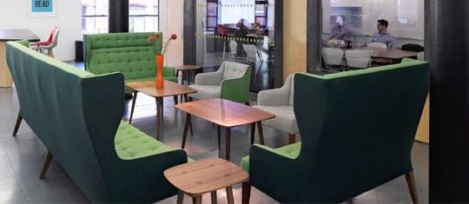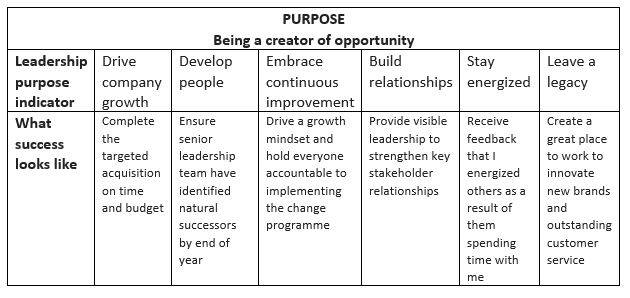July 9, 2018
Quarter of British workers have a side hustle as well as their main job
 Academics at Henley Business School have revealed a growing trend in ‘side hustles’ which shows that as many as 1 in 4 people in the UK are running at least one business project alongside their main day job, contributing an estimated £72 billion to the UK economy. Henley has published a white paper on the emerging side hustle economy. Its study of over 500 business leaders and 1,100 UK adults found the trend is now happening at an unprecedented pace across the UK. A side hustle is defined as a secondary business or job that brings in, or has potential to bring in, extra income. 73 of people who start a side hustle do so to follow a passion or explore a new challenge, but there are financial benefits too, with side businesses contributing 20 percent to side hustlers’ income.
Academics at Henley Business School have revealed a growing trend in ‘side hustles’ which shows that as many as 1 in 4 people in the UK are running at least one business project alongside their main day job, contributing an estimated £72 billion to the UK economy. Henley has published a white paper on the emerging side hustle economy. Its study of over 500 business leaders and 1,100 UK adults found the trend is now happening at an unprecedented pace across the UK. A side hustle is defined as a secondary business or job that brings in, or has potential to bring in, extra income. 73 of people who start a side hustle do so to follow a passion or explore a new challenge, but there are financial benefits too, with side businesses contributing 20 percent to side hustlers’ income.





















 The way to measure an employer’s speed of innovation includes how they find talent, their appraisal process, how employees recommend the organisation they work for to others, and how much employees collaborate, claims a new European study by Cornerstone OnDemand and IDC. “Future Culture: Building a Culture of Innovation in the Age of Digital Transformation” explores the relationship between European organisations’ speed of innovation and talent management, with the research showing that firms with a steady stream of new products and services are more likely to have an ongoing feedback process with employees, rather than an annual performance review, while organisations with a slower rate of innovation often use coaching and mentoring to develop employees.
The way to measure an employer’s speed of innovation includes how they find talent, their appraisal process, how employees recommend the organisation they work for to others, and how much employees collaborate, claims a new European study by Cornerstone OnDemand and IDC. “Future Culture: Building a Culture of Innovation in the Age of Digital Transformation” explores the relationship between European organisations’ speed of innovation and talent management, with the research showing that firms with a steady stream of new products and services are more likely to have an ongoing feedback process with employees, rather than an annual performance review, while organisations with a slower rate of innovation often use coaching and mentoring to develop employees.
 The digital era, ageing populations, skills shortages, and unpredictable political and economic contexts are persuading multinationals to focus more on mobile talent, new ways of working and assessing the cost of expatriate packages for international employees that are critical to the future of work. This is according to Mercer’s 24th annual Cost of Living Survey which reveals that factors such as instability of housing markets and fluctuating inflation, currencies and prices for goods and services, are impacting the cost of doing business in various cities around the world. UK cities have significantly risen in the ranking this year.
The digital era, ageing populations, skills shortages, and unpredictable political and economic contexts are persuading multinationals to focus more on mobile talent, new ways of working and assessing the cost of expatriate packages for international employees that are critical to the future of work. This is according to Mercer’s 24th annual Cost of Living Survey which reveals that factors such as instability of housing markets and fluctuating inflation, currencies and prices for goods and services, are impacting the cost of doing business in various cities around the world. UK cities have significantly risen in the ranking this year. 











July 5, 2018
Why a Google office simply does not work for everybody 0
by Dr Caroline M. Burns • Comment, Facilities management, Technology, Workplace design
(more…)